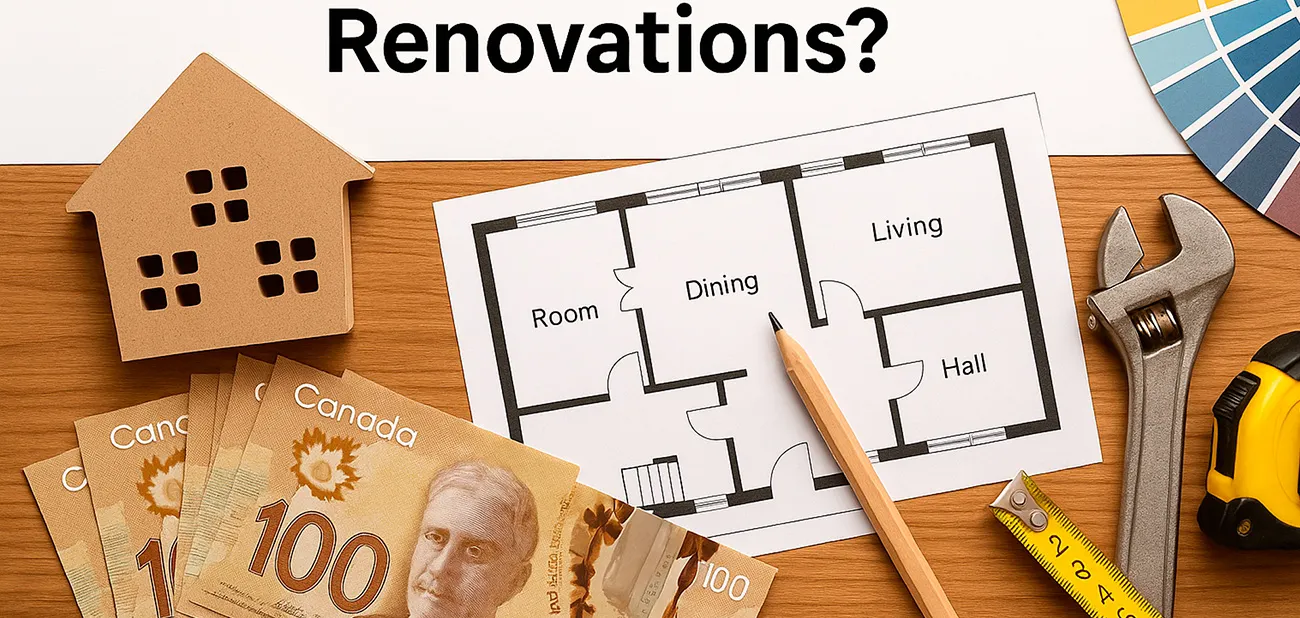How Much Should You Spend on Home Renovations?
Renovating your home can be both exciting and nerve-wracking. Whether you’re looking to increase your property’s value before a sale, enhance your family’s comfort, or simply modernize an outdated space, understanding how much to spend is critical. The right budget can ensure your investment pays off without leaving you financially strained. So, how much should you realistically spend on home renovations? Let’s break it down.
1. Assess Your Goals and Priorities
Before diving into numbers, start by clearly defining your renovation goals. Are you renovating to boost your home’s resale value, improve functionality, or simply refresh its look? Your goals will heavily influence how much you should allocate to different projects.
For example, if your primary goal is to increase resale value, focus on high-impact areas like kitchens, bathrooms, and curb appeal. On the other hand, if you’re upgrading for personal enjoyment, you might prioritize comfort, aesthetics, and energy efficiency.
2. Understand the Average Costs
Home renovation costs can vary significantly depending on the scope and location. In Canada, homeowners typically spend between 5% to 15% of their property’s value on renovations. For instance:
Minor Updates (5% to 10%): This budget is ideal for cosmetic upgrades like painting, flooring, and light fixture replacements.
Moderate Renovations (10% to 20%): Suitable for partial kitchen remodels, bathroom upgrades, or basement finishing.
Major Overhauls (20% or more): Think complete kitchen remodels, extensive structural changes, or adding additional living space.
For a $500,000 home, this means spending between $25,000 and $100,000, depending on the scale of the project.
3. Consider the Room’s ROI Potential
Not all renovation dollars are created equal. Some upgrades have a higher return on investment (ROI) than others. For instance:
Kitchen Remodel (75% to 100% ROI)
Bathroom Remodel (60% to 80% ROI)
Basement Finishing (70% to 75% ROI)
Exterior Improvements (80% to 90% ROI)
Focusing on projects with a strong ROI can maximize the value of your home if you plan to sell in the near future.
4. Set a Realistic Budget and Add a Buffer
Once you have a rough idea of what you want to achieve, it’s time to set a realistic budget. Experts recommend adding a 10% to 20% buffer to cover unexpected costs, as renovations often come with surprises.
5. Explore Financing Options
Consider how you’ll fund your renovations. Home equity loans, lines of credit, or personal savings are common options. Just make sure your financing plan aligns with your long-term financial goals.
6. Balance Quality and Cost
While it’s tempting to cut costs, remember that quality matters. Invest in durable materials and experienced contractors to avoid costly repairs in the future.
7. Consult with Professionals
Finally, don’t hesitate to seek professional advice. Real estate agents, designers, and contractors can provide valuable insights into what buyers in your area are looking for, helping you make informed decisions.
Final Thoughts
Spending wisely on home renovations can significantly enhance both your living experience and your property’s value. By setting a clear budget, focusing on high-impact areas, and planning for unexpected expenses, you can achieve a stunning transformation without breaking the bank.
Ready to start your next renovation? Plan carefully, choose quality, and enjoy the process. If you’re in the Calgary area, consider partnering with home renovation services Calgary experts to ensure a seamless, high-quality result.

